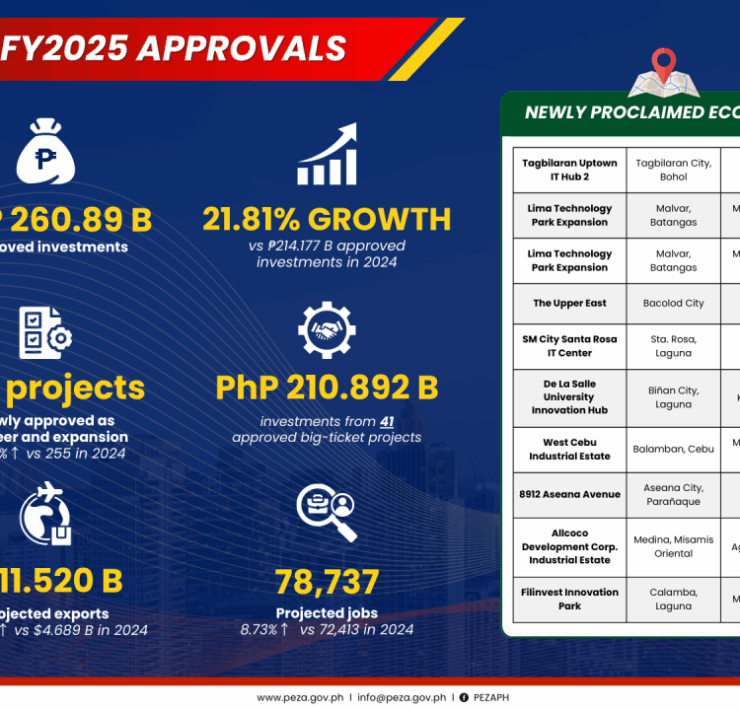SM conglomerate returns to offshore bond market

Sy family-led conglomerate SM Investments Corp. (SMIC) is preparing for the first tranche of its mammoth $3-billion offshore bond program, beginning with meetings with fixed-income investors in Asia and Europe.
In a stock exchange filing on Tuesday, SMIC said it had tapped HSBC, JP Morgan Standard Chartered Bank and UBS as joint lead managers and bookrunners, along with BDO Capital and Chinabank Capital as joint lead managers, to arrange meetings for the European medium-term note (EMTN) issuance.
“A US dollar-denominated benchmark-sized Regulation S offering of five-year senior notes by SMIC SG Holdings Pte. Ltd. guaranteed by SMIC may follow, subject to market conditions,” the country’s largest conglomerate said.
Regulation S senior notes refer to debt securities offered and sold outside the United States. Its name comes from Regulation S of the US Securities Act of 1933, which stipulates the rules on offers and sales made in other countries.
Meanwhile, EMTNs, which are issued outside the United States and Canada, give issuers the flexibility to tailor their debt issuance to their specific funding needs. It likewise allows companies to tap more international investors, particularly those looking for euro-denominated debt. These notes usually mature in less than five years.
SMIC and property giant SM Prime Holdings Inc. announced the issuance in May, as both sought funds to support expansion plans over the next few years.
Earlier, SMIC said it would boost its capital spending this year by as much as 44 percent to P115 billion to bankroll expansion plans in the provinces, which the conglomerate said could allow more access to modern retailing, financial services and integrated property developments.
SM Prime will get the biggest share of the spending allocation at P100 billion, as it plans to launch four new local malls and 10,000 residential units within the year.
The property developer opened its third SM mall in Caloocan City in May, spanning around 90,000 square meters of retail space.





















